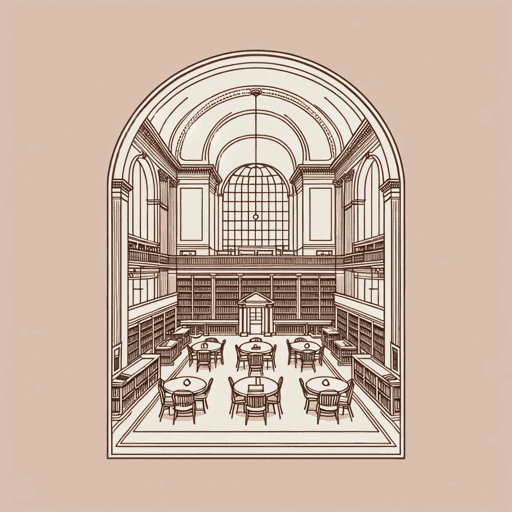63 pages • 2 hours read
Sulari GentillThe Woman in the Library
Fiction | Novel | Adult | Published in 2022A modern alternative to SparkNotes and CliffsNotes, SuperSummary offers high-quality Study Guides with detailed chapter summaries and analysis of major themes, characters, and more.
Themes
The Power of Reading and Writing
In traditional narrative and fiction, there is a hard boundary between the reader and the writer, and the text the writer delivers to the reader is well-made, with the process that informs the rhetorical and creative choices the writer makes skillfully hidden from view. The Woman in the Library abides by none of those conventions because it is metafiction. Metafiction is a work that makes the reader pay attention to the text as a product of reading and writing practices rather than a product whose meaning is determined by the intent of the author. The narrative structure—a novel about an entitled, dangerous reader writing to a writer writing a novel about a writer writing a novel inspired by real people and events—calls attention to the acts of both reading and writing as powerful means for constructing reality.
The Woman in the Library is a story-within-a-story, with the correspondence from Leo A to Hannah Tigone being the frame narrative that sits outside of it all. Leo A is a reader who insists on collapsing the boundary between himself and the text and between himself and Hannah, so much so that he re-writes Hannah’s novel because it doesn’t abide by his rigid beliefs about what a mystery should be.

